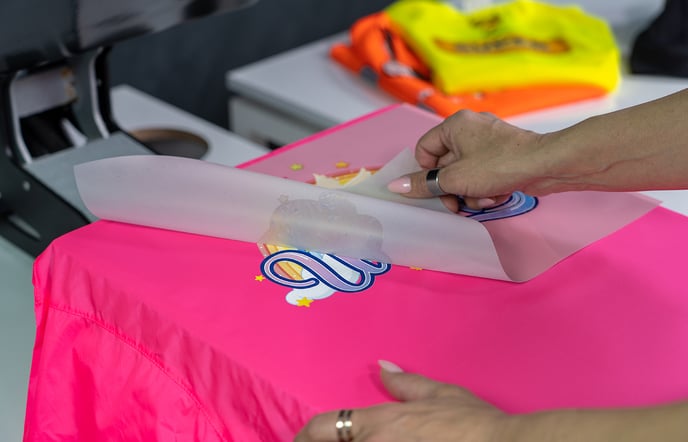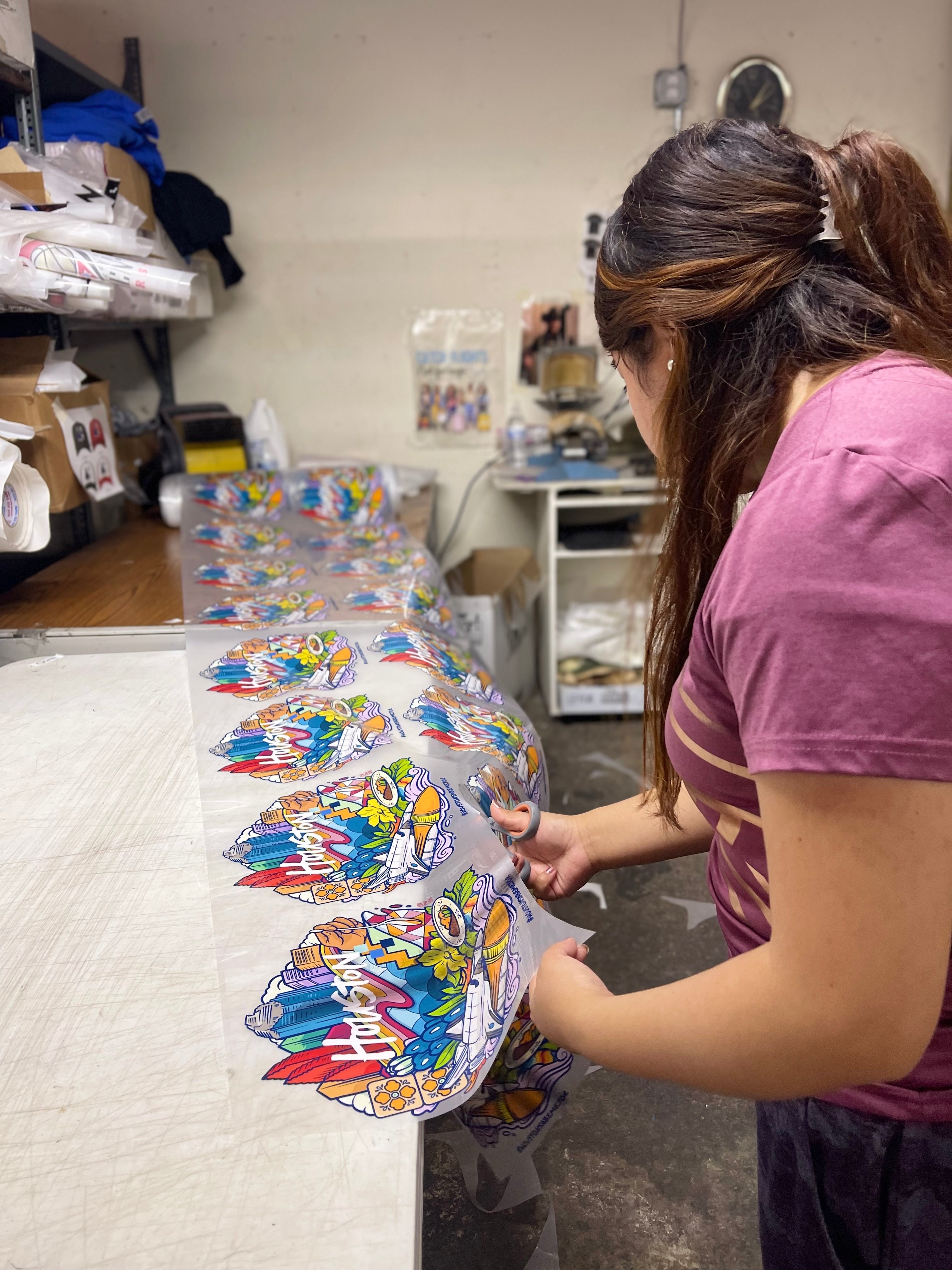DTF Printing Revolution: Letting Loose Imagination in Fabric Design and Manufacturing
The Future of Style: Checking Out DTF Printing Innovation in the Textile Market
Among these innovations, Direct to Movie (DTF) printing modern technology has emerged as a promising challenger, providing one-of-a-kind abilities and possibilities for designers and producers alike. This advanced printing method has actually triggered interest due to its potential to revolutionize standard fabric printing procedures.
Advancement of Textile Printing
From the old people using strategies like block printing to the digital revolution of today, textile printing has actually continually pressed boundaries. As the craft spread to other parts of the world, brand-new techniques such as display printing and roller printing arised during the Industrial Change, changing the fabric market.
In the 20th century, innovations in innovation led to the advancement of rotary screen printing, allowing for faster and a lot more intricate designs. The introduction of electronic textile printing in the late 20th century marked a significant shift in the direction of more functional and sustainable printing methods. Today, with advancements like Direct-to-Fabric (DTF) printing technology, developers can produce vivid, thorough prints with better efficiency and lowered environmental effect. The evolution of fabric printing showcases an abundant background of creativity, ingenuity, and technological progression on the planet of fashion and style.
Benefits of DTF Innovation
With the evolution of fabric printing techniques from ancient approaches like block printing to modern innovations such as digital printing, the introduction of Direct-to-Fabric (DTF) technology has actually substantially enhanced the efficiency and sustainability of fabric printing processes. Among the key advantages of DTF technology is its capability to directly publish styles onto textile without the demand for transfer papers, which decreases waste and simplifies the production process. Additionally, DTF printing enables higher color vibrancy and detail precision contrasted to standard methods, allowing fabric makers to produce complex and high-grade layouts easily.
Furthermore, DTF modern technology is understood for its flexibility, as it can be used on various sorts of materials, consisting of all-natural fibers like cotton, silk, and wool, in addition to artificial products such as polyester and nylon (DTF Printing). This flexibility opens up a vast array of possibilities for developers and suppliers to experiment with various structures and products, causing even more ingenious and distinct items in the garment industry. On the whole, the application of DTF innovation represents a substantial development in fabric printing, providing numerous benefits that add to the future sustainability and imagination of the industry
Sustainability in vogue Production
Emphasizing green methods is vital in contemporary fashion production, lining up with the growing customer need for sustainable items. Recently, the apparel industry has faced increasing Web Site examination as these details a result of its considerable ecological influence, consisting of extreme water use, chemical contamination, and textile waste. As an action, numerous style brands are now integrating sustainable methods into their manufacturing procedures to minimize damage to the setting.
Sustainability in vogue manufacturing includes various elements, such as making use of organic and recycled materials, minimizing energy usage, carrying out moral labor techniques, and promoting transparency throughout the supply chain. Additionally, innovations in technology, like DTF printing, offer chances to better enhance sustainability in textile production. This modern technology enables accurate printing on materials, decreasing ink waste and water use contrasted to standard printing approaches.
Style Flexibility and Personalization

In addition, DTF printing promotes personalization on a scale formerly unattainable, permitting individualized clothing why not look here and distinct pieces customized to private choices. Customers can currently actively participate in the design procedure, producing garments that mirror their style and individuality. This modification not just enhances the consumer experience yet additionally advertises a sense of exclusivity and uniqueness in a market filled with mass-produced apparel. Generally, DTF printing modern technology revolutionizes the design landscape in the textile market, offering countless opportunities for creative expression and individualized fashion.
Effect On Supply Chain & Market Trends
DTF printing modern technology in the textile market is reshaping supply chain characteristics and influencing market patterns with its performance and personalization capabilities. By making it possible for on-demand printing and removing the requirement for big stocks, DTF technology improves the supply chain process.
Moreover, the personalization possibility of DTF printing technology is revolutionizing the market fads in the fabric sector. As a result, DTF technology is driving a change in the direction of more ingenious and customer-centric techniques within the fabric market, forming the future of style.

Conclusion
To conclude, DTF printing modern technology is reinventing the textile industry by providing various benefits such as style sustainability, flexibility, and personalization. This cutting-edge innovation is improving the future of style production, impacting supply chains, and driving market trends in the direction of a lot more eco-friendly and efficient techniques. As the industry proceeds to advance, DTF printing will certainly play an essential function in forming the means textiles are created and eaten in the years to come.
From the old people making use of techniques like block printing to the digital revolution of today, textile printing has actually continuously pressed borders. As the craft spread to other parts of the globe, brand-new methods such as display printing and roller printing emerged throughout the Industrial Revolution, reinventing the textile sector.
The introduction of electronic fabric printing in the late 20th century noted a substantial change towards more versatile and sustainable printing methods.With the development of textile printing methods from ancient approaches like block printing to modern technologies such as electronic printing, the introduction of Direct-to-Fabric (DTF) technology has significantly enhanced the efficiency and sustainability of textile printing procedures (DTF Printing).In feedback to the critical change in the direction of sustainability in fashion manufacturing, the adoption of cutting-edge innovations like DTF printing not only addresses environmental worries but additionally opens up methods for unrivaled layout freedom and personalization in the fabric industry